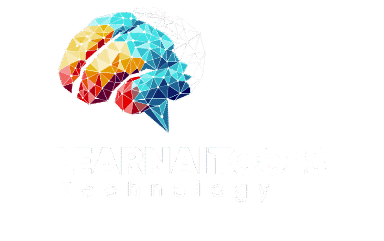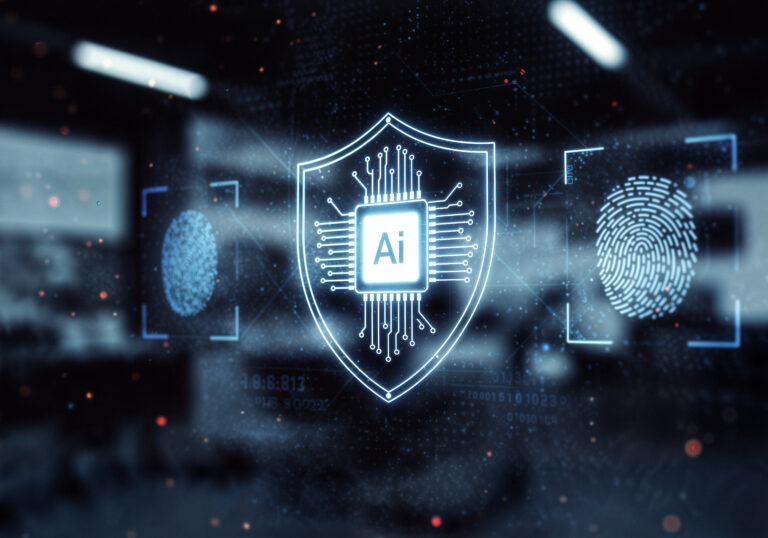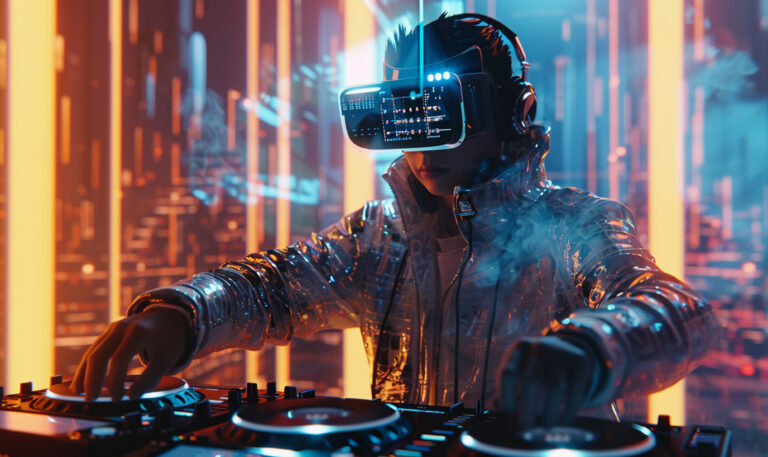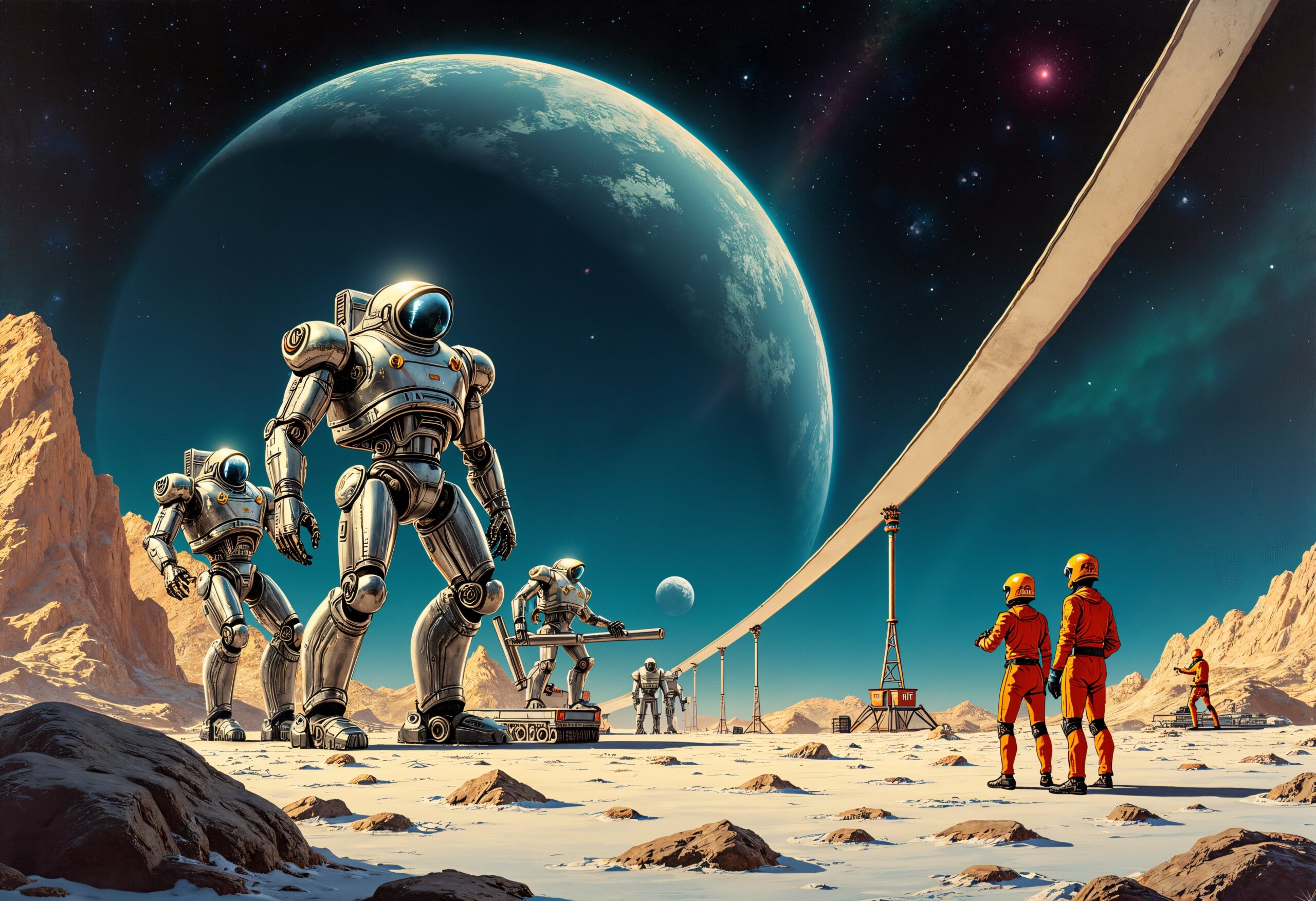
AI in Space 2025 – Transforming the Future of Space Exploration
Introduction
AI in Space 2025 is no longer science fiction—it is the new reality shaping the way humanity explores the universe. Artificial Intelligence is revolutionizing space research, mission planning, spacecraft operations, and extraterrestrial exploration. From NASA to private companies like SpaceX, AI has become an indispensable tool in unlocking the mysteries of the cosmos.
In this article, we will explore how AI in Space 2025 is changing the dynamics of astronomy, robotics, satellites, planetary exploration, and even the search for extraterrestrial life.
The Rise of AI in Space Technology
AI in Space 2025 is advancing because of the increasing complexity of missions that require autonomy, decision-making, and predictive capabilities. In space, communication delays make real-time human control impossible. AI allows spacecraft and rovers to act independently, analyze data instantly, and adjust to unexpected challenges.
For example, the Mars rovers now use AI to navigate rough terrain and prioritize scientific goals without constant instructions from Earth. This autonomy is saving time, reducing risks, and increasing efficiency in missions.
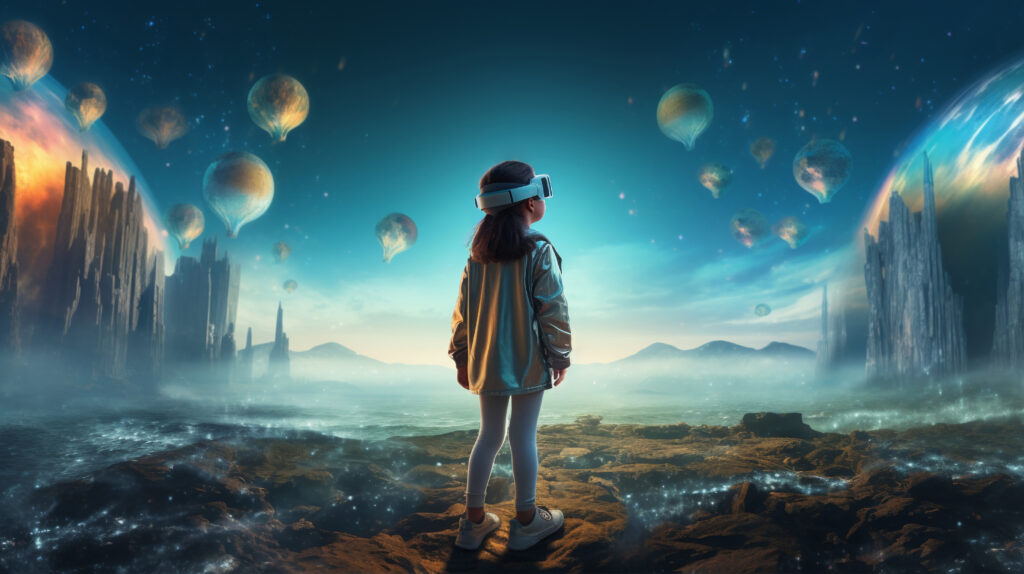
Applications of AI in Space Exploration
1. Satellite Data Processing
AI in Space 2025 plays a vital role in analyzing massive amounts of satellite data. With Earth observation satellites producing petabytes of images, AI algorithms filter critical patterns—such as climate shifts, deforestation, or ocean changes—helping scientists make faster, data-driven decisions.
2. Space Robotics
Rovers and humanoid robots, powered by AI, are now capable of exploring harsh environments on planets and moons. AI-driven robotics are not only reducing human risks but also improving efficiency by performing complex scientific tasks.
3. Predictive Maintenance
AI systems are used to monitor spacecraft systems in real-time. By predicting equipment failures, AI in Space 2025 is reducing risks and extending the life of costly missions.
4. Space Traffic Management
With thousands of satellites orbiting Earth, AI is essential for collision avoidance and space traffic control. Intelligent systems analyze satellite paths and recommend adjustments to prevent accidents.
5. Search for Extraterrestrial Life
AI is scanning signals from space to detect patterns that humans might miss. Projects like SETI are relying on AI to accelerate the search for intelligent life in the universe.
AI in Space 2025 and Human Spaceflight
When it comes to human space missions, AI in Space 2025 is a game-changer. Astronauts on long-duration missions to Mars or the Moon will depend on AI for medical assistance, navigation, and resource management. AI-powered virtual assistants can provide real-time support, acting like an advanced co-pilot in space journeys.
This not only ensures mission safety but also boosts human efficiency in environments where survival depends on quick decision-making.
AI and Space Research Institutions
Agencies like NASA, ISRO, and ESA are heavily investing in AI in Space 2025 projects. NASA’s Frontier Development Lab uses AI to analyze asteroid risks, while ISRO is exploring AI-powered data analysis for satellite missions. Private companies such as SpaceX and Blue Origin are also incorporating AI for autonomous rocket landings and predictive mission planning.
Challenges of AI in Space
While AI in Space 2025 is promising, it also faces challenges:
- Reliability: AI must operate flawlessly in extreme environments.
- Security Risks: Space missions need strong protection against AI system hacking.
- Ethical Concerns: Decisions made by AI in life-or-death scenarios raise moral questions.
- Cost: Developing and deploying AI systems in space requires huge investments.
The Future of AI in Space Exploration
AI in Space 2025 is just the beginning. By 2030, AI could assist in building human colonies on Mars, managing space resources, and even guiding interstellar travel. The combination of quantum computing, AI, and robotics will open doors to exploring regions of the universe previously unreachable.
In the long term, AI will become humanity’s partner in space, supporting everything from asteroid mining to interplanetary trade.
Conclusion
AI in Space 2025 is transforming the way we approach space exploration. From improving satellite data analysis to enabling autonomous rovers, AI is making space missions safer, smarter, and more productive. While challenges remain, the opportunities far outweigh the risks.
The collaboration between humans and AI will define the next era of space exploration. One thing is certain: the universe will no longer be explored by humans alone—AI in Space 2025 is our new co-pilot in the cosmic journey. To explore more about how AI is reshaping the future, visit Learn AI Tools.
